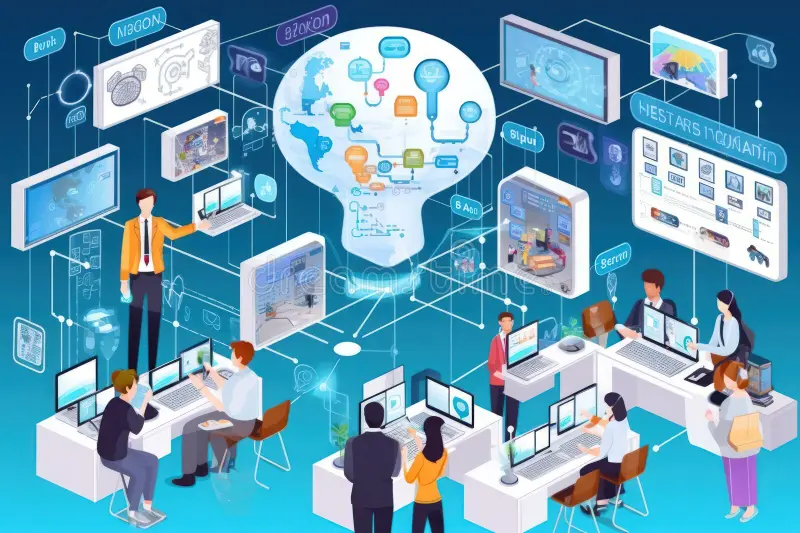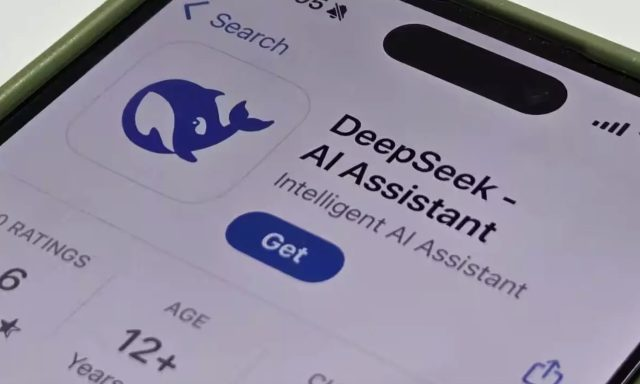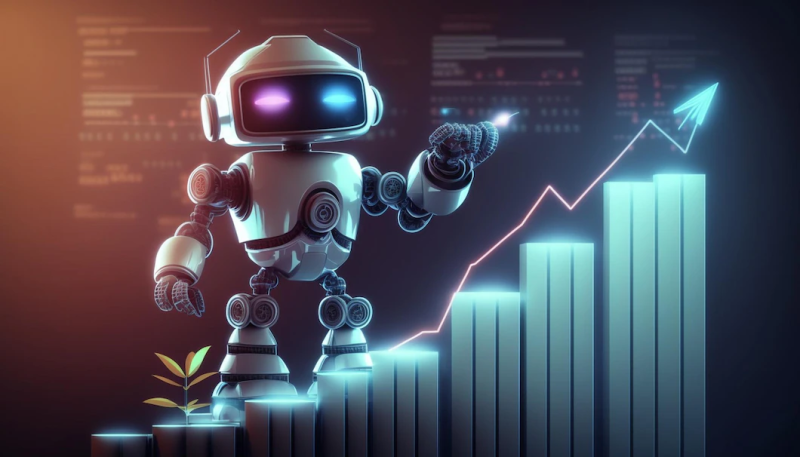In the rapidly evolving field of education, the integration of artificial intelligence (AI) has brought about a revolutionary change. One of the most significant aspects of this integration is the development of intelligent tutoring systems and personalized learning.
Intelligent tutoring systems are designed to provide students with individualized instruction and support. They use advanced AI algorithms to analyze students’ learning behaviors, strengths, and weaknesses. For example, an intelligent tutoring system in mathematics can identify a student’s difficulties in a particular topic, such as algebra, and then provide targeted exercises and explanations to help the student overcome those difficulties. These systems can also track students’ progress over time and adjust the teaching content and pace accordingly. This is a huge advantage over traditional teaching methods, as it ensures that each student receives the attention and support they need to succeed.
Personalized learning is another key area where AI is making a difference. It is an educational approach that tailors the learning experience to the individual needs, interests, and abilities of each student. AI plays a crucial role in enabling personalized learning by analyzing large amounts of data, such as students’ academic records, learning styles, and preferences. Based on this analysis, AI can recommend suitable learning materials, courses, and learning paths for each student. For instance, a student who is interested in computer science and has a strong logical thinking ability may be recommended to take advanced programming courses and participate in related projects. This not only enhances students’ learning motivation but also improves the efficiency and effectiveness of learning.

However, the integration of AI and education also faces some challenges. Data privacy is a major concern. As AI systems collect and analyze a large amount of students’ personal data, it is essential to ensure that this data is protected and used in a proper way. Another challenge is the need for teacher training. Teachers need to have a good understanding of AI technologies and how to use them in the classroom to fully utilize their potential. Moreover, the digital divide is also a problem. Not all students have equal access to digital devices and the internet, which may limit their ability to benefit from AI – based educational tools.
Despite these challenges, the future of intelligent tutoring systems and personalized learning looks promising. With the continuous advancement of AI technologies, such as the development of more accurate and efficient algorithms, we can expect these systems to become more intelligent and effective. The application of emerging technologies like virtual reality will also bring new possibilities for creating immersive and interactive learning experiences. In addition, efforts are being made to address the challenges, such as strengthening data privacy regulations and providing more training opportunities for teachers.
In conclusion, the integration of AI and education, especially through intelligent tutoring systems and personalized learning, has the potential to transform the way we learn and teach. It offers many benefits, such as providing individualized support, enhancing learning motivation, and improving learning outcomes. Although there are challenges to overcome, the continuous innovation and improvement in this field will undoubtedly lead to a better future for education.
6 Hot Questions and Answers:
- How do intelligent tutoring systems ensure the accuracy of their feedback?
- Intelligent tutoring systems use advanced AI algorithms and a large amount of high – quality data to train their models. They continuously learn and improve their accuracy through continuous testing and optimization. For example, in language learning, the system can analyze a large number of language samples to accurately judge students’ grammar, vocabulary, and pronunciation errors.
- Can personalized learning replace traditional classroom teaching completely?
- It is unlikely that personalized learning will completely replace traditional classroom teaching in the near future. Traditional classroom teaching has its unique advantages, such as face – to – face interaction, group discussion, and the guidance of experienced teachers. However, personalized learning can be a valuable supplement to traditional teaching, providing students with more diverse and flexible learning opportunities.
- What kind of data do intelligent tutoring systems collect?
- Intelligent tutoring systems collect a variety of data, including students’ learning behaviors (such as the time spent on each question, the number of attempts to answer a question), academic performance (such as test scores, homework completion), and personal information (such as age, grade, learning style preferences). This data is used to analyze students’ learning status and provide personalized teaching support.
- How can teachers adapt to the use of AI – based educational tools?
- Teachers can adapt to the use of AI – based educational tools through continuous learning and training. They can participate in relevant training courses, seminars, and online learning resources to understand the basic principles and application methods of AI technologies in education. In addition, teachers can also actively communicate and cooperate with AI – related technical personnel to jointly explore the best ways to use these tools in the classroom.
- What are the potential risks of data privacy in AI – based education?
- The potential risks of data privacy in AI – based education include data leakage, unauthorized access, and misuse of data. For example, if the data collected by intelligent tutoring systems is leaked, it may be used for illegal purposes, such as selling students’ personal information to third – party organizations. To prevent these risks, strict data privacy protection measures need to be taken, such as data encryption, access control, and regular security audits.
- How can the digital divide be narrowed in the context of AI – based education?
- To narrow the digital divide, governments, schools, and social organizations can take a series of measures. For example, governments can increase investment in information infrastructure construction in underdeveloped areas to improve the accessibility of the internet and digital devices. Schools can provide students from disadvantaged backgrounds with free or low – cost digital devices and internet access. Social organizations can also carry out relevant charity activities, such as donating digital devices to schools and students in need.
References:
- “The Impact of Artificial Intelligence on Education” – https://www.edweek.org/marketplace/the – impact – of – artificial – intelligence – on – education/2020 – 09 – 01
- “Personalized Learning with AI” – https://www.edsurge.com/news/2021 – jul – 14/personalized – learning – with – ai
- “Intelligent Tutoring Systems: A Review” – https://www.sciencedirect.com/science/article/pii/S073700082030050X





